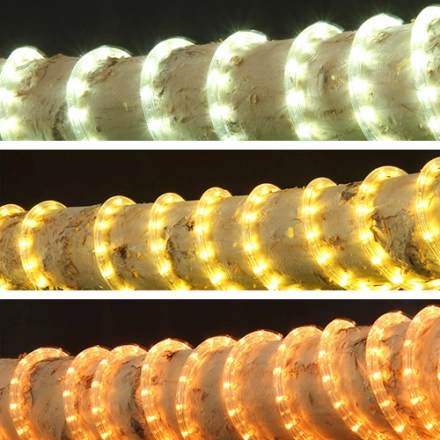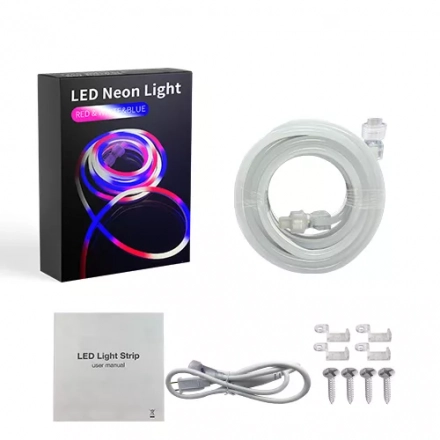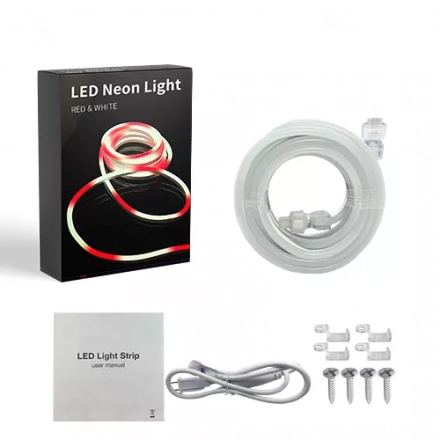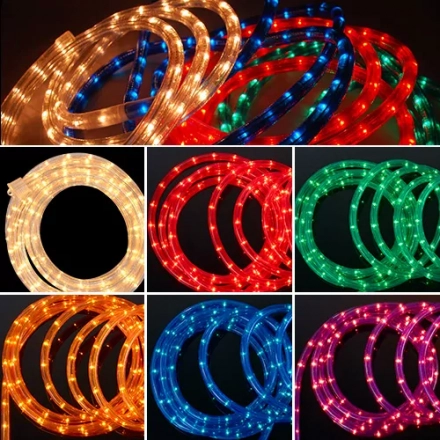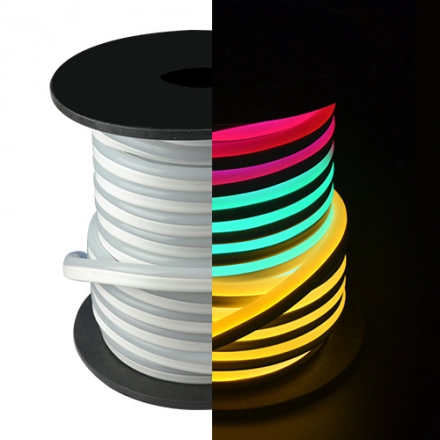The Marvelous World of LED Strip Lights
LED strip lights have revolutionized the world of lighting with their versatility, energy efficiency, and vibrant illumination. These flexible and customizable light sources have become immensely popular for both decorative and functional purposes. From accentuating architectural features to creating stunning visual effects, LED strip lights have found their way into homes, businesses, and various entertainment venues. In this article, we will delve into the fascinating realm of LED strip lights, exploring their features, applications, and the endless possibilities they offer.
LED strip lights are composed of small light-emitting diodes (LEDs) mounted on a thin, flexible circuit board. These LEDs are capable of emitting light in various colors, including red, green, blue, and many others, enabling users to create captivating lighting displays. The strips are available in different lengths and densities, allowing for flexibility in designing and adapting to different spaces and requirements.
One of the key advantages of LED strip lights is their energy efficiency. Compared to traditional incandescent or fluorescent lights, LED strips consume significantly less power while providing brighter and more focused illumination. This not only leads to cost savings but also reduces the environmental impact by lowering energy consumption and carbon emissions.
The versatility of LED strip lights is unmatched. They can be easily installed in tight spaces, around curves, and even submerged in water (waterproof versions) for outdoor or underwater applications. Additionally, many LED strips are equipped with adhesive backing, making them simple to mount on various surfaces, such as walls, ceilings, or furniture. With the advent of smart lighting technology, LED strips can be controlled remotely through smartphones or integrated with voice assistants, enabling users to adjust colors, brightness, and effects with ease.
The applications of LED strip lights are vast and diverse. In interior design, these lights are used to create atmospheric lighting effects, accentuate architectural features, or highlight artwork. They are commonly employed in retail spaces to enhance product displays and create inviting environments. In entertainment venues, LED strips are utilized to craft immersive lighting experiences for concerts, theaters, and clubs. Moreover, these lights have found their way into automotive design, where they are used for both aesthetic enhancements and improved visibility.

